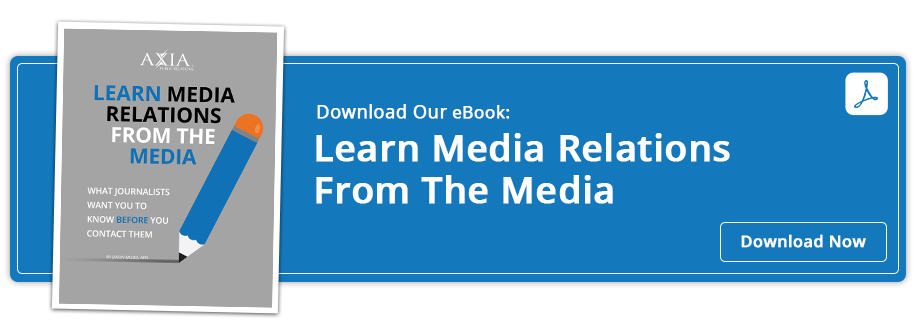Proximity and relevance are the vital filters for impactful news judgment
By Lindsey ChastainMay 26, 2024
There are 10 elements of news and newsworthiness, but two outshine the rest.
 When it comes to determining whether a story is considered newsworthy, there are many factors journalists and editors evaluate. However, at the core, many argue that newsworthiness ultimately comes down to just two key elements: geography/proximity and subject matter relevance.
When it comes to determining whether a story is considered newsworthy, there are many factors journalists and editors evaluate. However, at the core, many argue that newsworthiness ultimately comes down to just two key elements: geography/proximity and subject matter relevance.
Audio: Listen to this article.
Geography and Proximity
A major component of newsworthiness is geography or proximity, or how close the story is to the reader or viewer. The concept is that the closer a story physically occurs to the audience, the more likely it is to impact them directly. This makes it more pressing and essential to cover.
The geography criteria apply to both a media outlet's immediate community as well as expanding concentric circles radiating outward. A small-town newspaper or blog would focus its coverage heavily on hyperlocal happenings within town limits. A large metro area paper provides more citywide regional reporting. National outlets like CNN or The New York Times then portray stories of national importance.
But even within those broader geographies, a story happening physically closer is often deemed more newsworthy. The local newspaper is more likely to cover a house fire across town than one three states away. A Miami TV station will devote more airtime to a hurricane heading to the Florida coast versus one targeting Texas.
Proximity is a leading indicator of public interest and potential impact on a readership, in turn driving editorial decisions. From community announcements to worldwide breaking news, geography plays a central role in assessing newsworthiness.
Subject Matter Relevance
The other primary evaluation criteria for any news story is the subject matter itself. Specifically, how relevant is the topic to the target demographic and their key interests or concerns? Just because a story meets the geography test does not necessarily make it worthwhile to an outlet's audience.
Whether a national political issue, local school proposal, or viral video, editors must analyze the anticipated level of viewer or reader engagement. For example, a newspaper in San Francisco may only provide limited coverage of stock market movements, while The Wall Street Journal makes its front page news daily. Or a Milwaukee magazine might skip reporting on hot new tech startups in Austin. Relevance depends on the readership.
When gauging this relevance, journalists consider factors like unusualness, timeliness, prominence/proximity of key figures, public interest, potential impact, conflict or controversy, humanization, useful information, and more. But ultimately, the through line is — will this story resonate with our target consumers? Will they care?
Summing It Up
While one could likely list dozens of characteristics that make a story considered newsworthy, many argue proximity and subject relevance capture the two core, fundamental criteria. Is this event happening close to home, either geographically or emotionally? And will the topic generate interest and engagement among our audience?
Evaluating through these two essential lenses helps journalists, bloggers, and influencers effectively filter through the constant barrage of potential stories. It focuses coverage on what truly matters to a local community, university campus, industry vertical, or wider region.
And it builds trust and loyalty with an audience by providing the news and information they find most pertinent at any given moment. In an era of information overload, remembering these two critical elements — geography and relevance — anchors reporting in serving reader needs rather than chasing vanity metrics.
If you have a newsworthy story you think may resonate with target audiences, use our guide to identify target audiences, change their attitudes, and identify the best calls to action!
Photo by Suzy Hazelwood from Pexels
Topics: media relations, earned media, news media


Comment on This Article